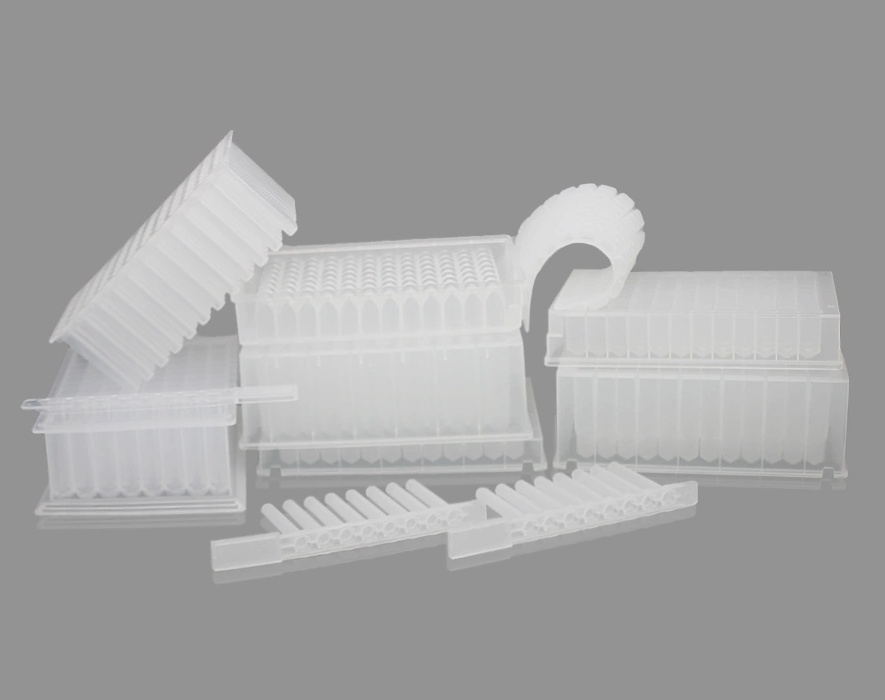Wheat with normal growth at the time of application generally begins in late February and early March, and stops at the first internode, and begins to rise in the second internode. At this time, it is necessary to apply the obvious internodes in the hand, and it will not cause the plant roots to be too long and cause the inverted shape. However, if the leaf color falls prematurely at the jointing stage, the yellowing time is more than 7-10 days, the plant is thin, and the wheat field with few tillers should be applied 5-7 days in advance; if the leaves are dark green, the leaves are drooping, the plants are In a wheat field with a large population and still continuing to accumulate, it is advisable to postpone the application for 7-10 days, and apply less or no quick-acting nitrogen fertilizer to avoid excessive tillering.
Apply normal wheat seedlings with a quantity of 8-15 days of leaves, 5-7 kg of urea and potassium chloride per acre; thin or late-release seedlings of 6-8 leaves, 7.5-10 kg per mu of urea Or ammonium bicarbonate 15-20 kg; more than 10 leaves of Wangchang seedlings, per acre should be applied to phosphate fertilizer and potassium fertilizer each 5-7.5 kg, no or less nitrogen fertilizer. For field plants such as thin seedlings, late seedlings, late-onset seedlings, and de-fertilized seedlings, quick-acting ammonium bicarbonate should be used in topdressing. However, when chasing ammonium bicarbonate, we must pay attention to the following two points: First, we must mix fine soil when applying; second, we should apply after dew in the morning to avoid the occurrence of fertilizer damage. The amount of top dressing is generally 20-25 kg per mu.
When the application method is dry and dry, it is required to apply the ditching strip or the cave hole application, and immediately cover the soil after application to prevent the loss of volatiles; in continuous rainy days, the urea or potassium fertilizer should be applied to cover the shallow soil; if the manure is applied When urinating, it should be drenched with water.
Apply normal wheat seedlings with a quantity of 8-15 days of leaves, 5-7 kg of urea and potassium chloride per acre; thin or late-release seedlings of 6-8 leaves, 7.5-10 kg per mu of urea Or ammonium bicarbonate 15-20 kg; more than 10 leaves of Wangchang seedlings, per acre should be applied to phosphate fertilizer and potassium fertilizer each 5-7.5 kg, no or less nitrogen fertilizer. For field plants such as thin seedlings, late seedlings, late-onset seedlings, and de-fertilized seedlings, quick-acting ammonium bicarbonate should be used in topdressing. However, when chasing ammonium bicarbonate, we must pay attention to the following two points: First, we must mix fine soil when applying; second, we should apply after dew in the morning to avoid the occurrence of fertilizer damage. The amount of top dressing is generally 20-25 kg per mu.
When the application method is dry and dry, it is required to apply the ditching strip or the cave hole application, and immediately cover the soil after application to prevent the loss of volatiles; in continuous rainy days, the urea or potassium fertilizer should be applied to cover the shallow soil; if the manure is applied When urinating, it should be drenched with water.
ã€Comment】 ã€Print this article】 ã€Close this page】 ã€Large, medium and small】
Deep well Plate is an ideal product for sample storage, we have many types of 96 Deep Well Plate, such as 0.5ml elution plate, 1.2ml square well V bottom plate, 2.0ml round well U botttom plate for Hamilton and Nunc machines, 2.2ml square well V bottom and 2.2ml square well U bottom. They can be sterilized under high press, and keep the shape for 20 minutes even the temperature arrives at 121℃,All these characteristics set a new standard for the laboratory.

96 Well Deep Well Plate,2ml Deep Well Plate,Deep Well Microplates,1.2 ml Deep Well Plate,Square Well Plate
Yong Yue Medical Technology(Kunshan) Co.,Ltd , https://www.yypcr.com